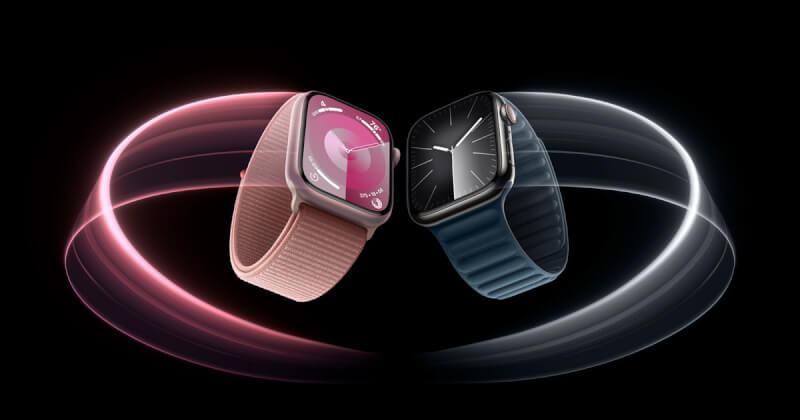Apple Watch Series 10 with better battery life

The Apple Watch Series 10 is likely to launch later this year with an upgraded display that delivers improved battery life, according to a report. According to South Korean publication The Elec, the iPhone maker is changing the way the OLED display on the Apple Watch Series 10 will be produced, which could improve the efficiency of the watch.
The successor to the company's Apple Watch Series 9 is expected to arrive in the second half of 2024, alongside the upcoming iPhone 16 series. The Elec reports that the Apple Watch Series 10 will feature a low-temperature polycrystalline oxide (LTPO) OLED display along with thin-film transistor (TFT) technology.
With the current generation Watch Series 9, the company is reportedly equipping all but two of its switch transistors with low-temperature polycrystalline silicon (LTPS) technology, which is said to result in less battery efficiency. This year, the company will reportedly reduce the number of transistors using LTPS technology. As a result, Apple will only use the less efficient technology for circuits outside the Pixel range and a few remaining switching TFTs, according to the report.
This means that the Apple Watch Series 10 can offer better battery life compared to its predecessor. Last month, Bloomberg reported that Apple abandoned its plans to develop internal displays with microLED technology. Some teams working on screen engineering were said to have been reorganized, while other employees were dismissed by the company.
The move came shortly after Apple reportedly shut down its project to build a self-driving car that had been in development for nearly a decade. While Apple's upcoming smartwatches may not feature microLED displays, the upcoming Apple Watch Series 10 is expected to arrive with improved display technology in the second half of 2024. The smartwatches may arrive alongside the iPhone 16 series of smartphones that are expected to consist of four models - iPhone 16, iPhone 16 Plus, iPhone 16 Pro and iPhone 16 Pro Max.
Latest gadgets
-
19 Sepgadgets
-
23 Maygadgets
LaserPecker LP5 Laser Engraver
-
01 Maygadgets
Swytch launches Swytch Max+ Kit
-
10 Margadgets
DJI AIR 3S
-
03 Margadgets
Razer Wolverine V3 Pro
-
21 Febgadgets
OBSBOT Tiny 2 SE
-
13 Febgadgets
Corsair launches Platform:4
-
17 Jangadgets
Nerdytek Cycon3
Most read gadgets
Latest gadgets
-
19 Sepgadgets
DJI launches Mini 5 Pro
-
23 Maygadgets
LaserPecker LP5 Laser Engraver
-
01 Maygadgets
Swytch launches Swytch Max+ Kit
-
10 Margadgets
DJI AIR 3S
-
03 Margadgets
Razer Wolverine V3 Pro
-
21 Febgadgets
OBSBOT Tiny 2 SE
-
13 Febgadgets
Corsair launches Platform:4
-
17 Jangadgets
Nerdytek Cycon3






